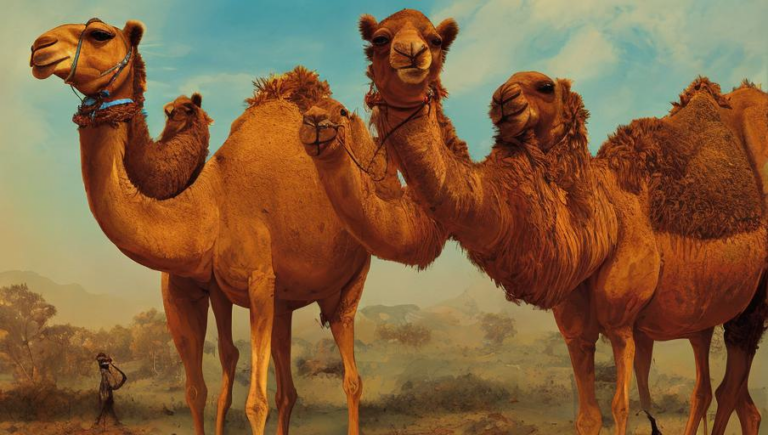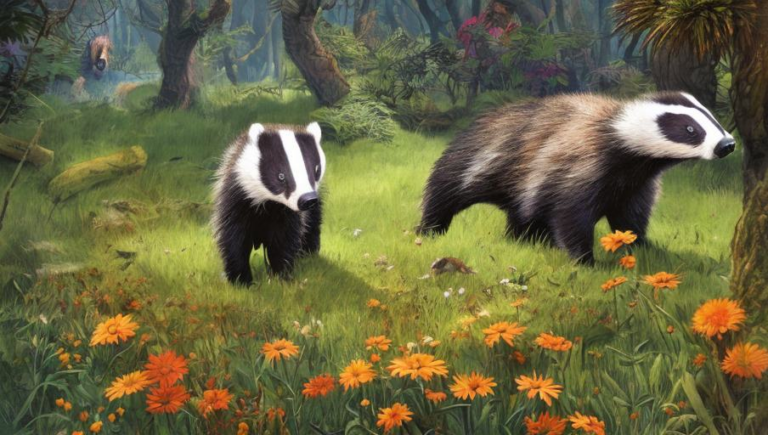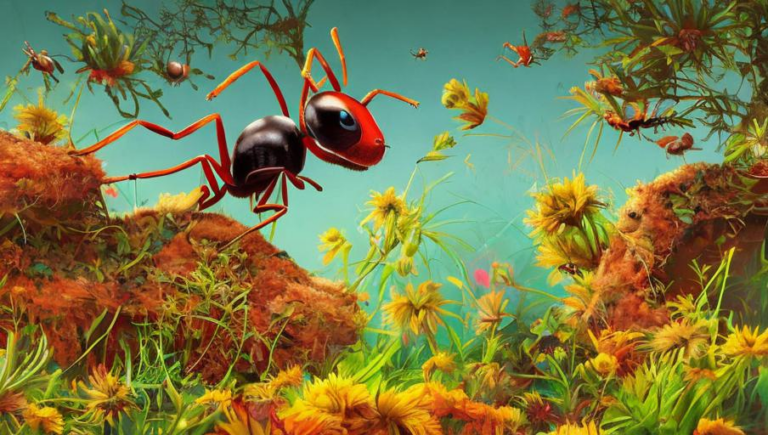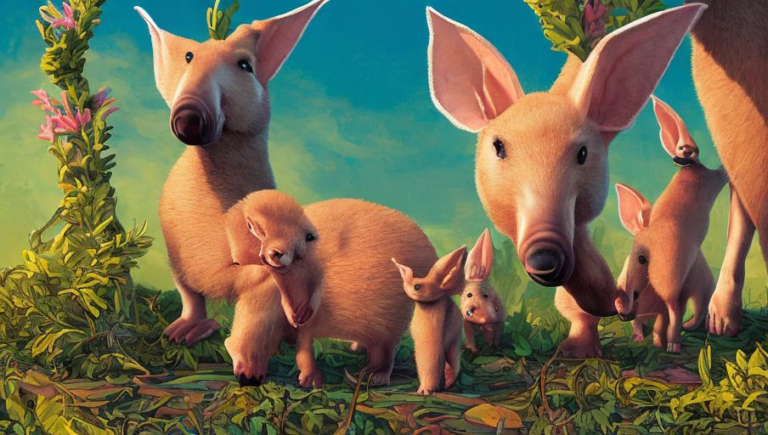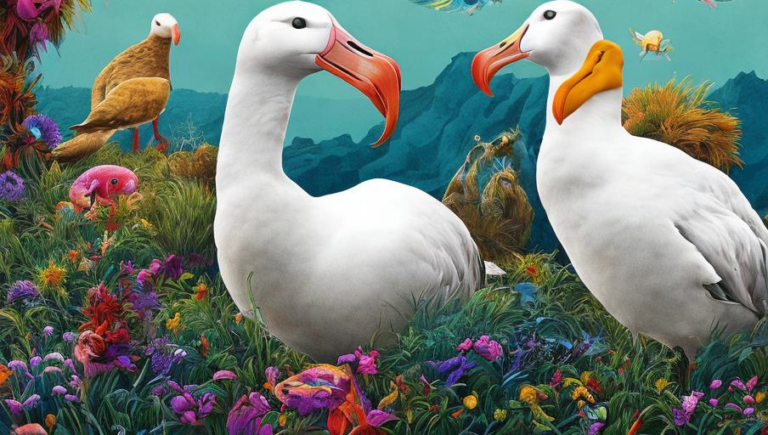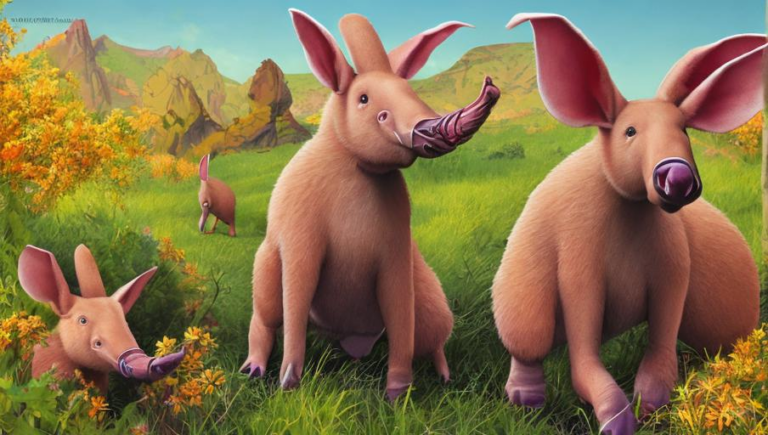Keenly Analyzing the Diet of Baboons
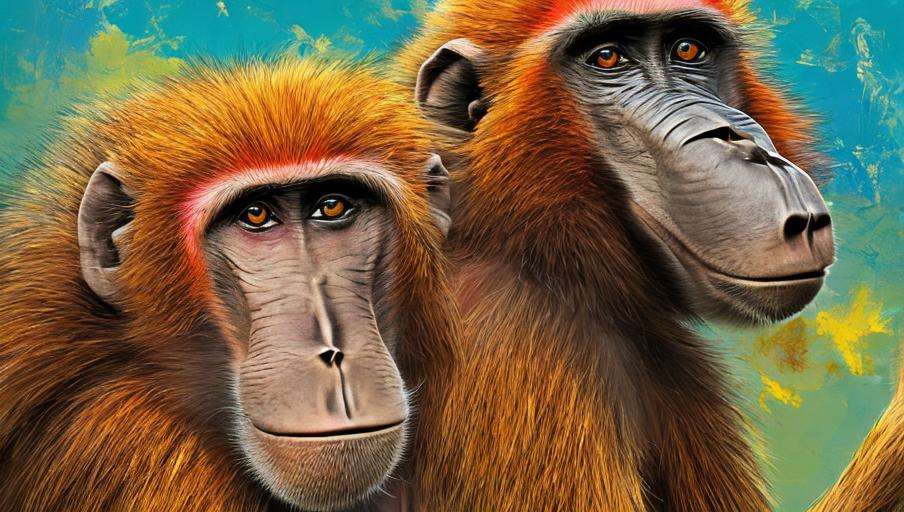
An Overview of Baboon Diets
Baboons are primates native to Africa and the Arabian Peninsula. They are highly social animals, living in large groups known as troops. Baboons have a range of diets that vary depending on the species and the region in which they live, but they typically consume a mix of plant-based foods supplemented by small animals. Baboons are omnivores, but the majority of their diet is composed of fruits, vegetables, and other plant-based items.
Fruits and Vegetables
Fruits and vegetables are the foundation of a baboon’s diet. They consume a variety of different fruits and vegetables, including figs, dates, nuts, and seeds. In some cases, they may also eat grass or leaves. Baboons are especially adept at finding nutrient-rich food sources in their environment, such as ripe fruit or succulent leaves.
Insects and Small Animals
In addition to the vegetation they consume, baboons also supplement their diets with insects and small animals. They may consume grubs, beetles, ants, small lizards, and even rodents. Baboons have large canine teeth that enable them to catch and eat small animals.
Human Foods
Baboons sometimes consume human food, particularly in areas where there is a large human population. They are particularly fond of eating human waste, such as scraps from restaurants or discarded food from trash cans. In some areas, baboons have become so accustomed to human food sources that they become aggressive in their attempts to obtain food.
Nutritional Requirements
Baboons require a wide range of nutrients in order to stay healthy. They need a variety of vitamins, minerals, proteins, and carbohydrates in order to maintain their health. Fruits and vegetables provide most of the necessary vitamins and minerals, while small animals and insects provide the necessary protein. Human food, while not essential, can provide extra nutrients in areas where baboons live near humans.
Adaptability
Baboons are incredibly adaptable, and they can survive on a wide variety of diets. While their diets typically consist of fruits, vegetables, and small animals, they can also adapt to other food sources that are available in their environment. This adaptability is part of what has allowed them to survive in a variety of different habitats.
Conclusion
Baboons are omnivorous primates that consume a wide variety of foods. Their diets typically consist of fruits, vegetables, and small animals, but they can also consume human food sources when available. Baboons require a wide range of vitamins, minerals, proteins, and carbohydrates in order to stay healthy, and they are incredibly adaptable creatures that can survive on a variety of different diets.
